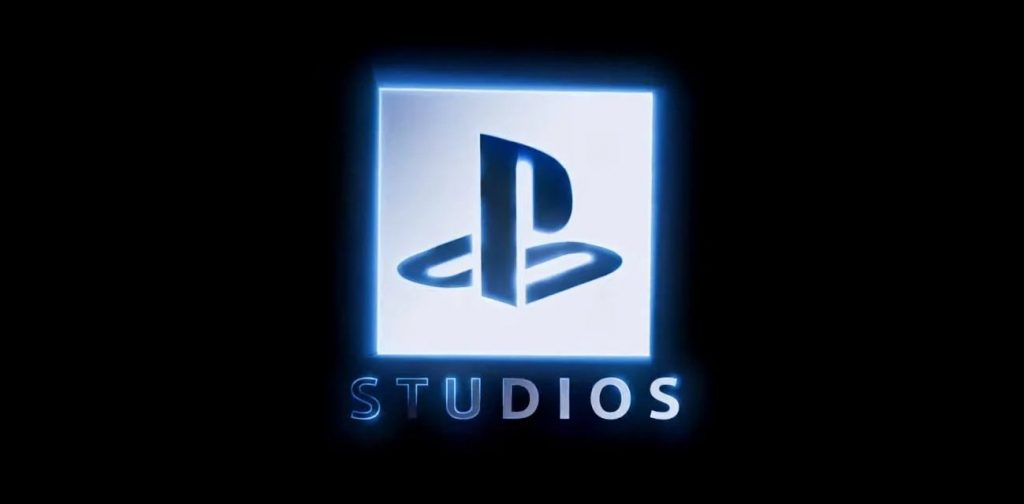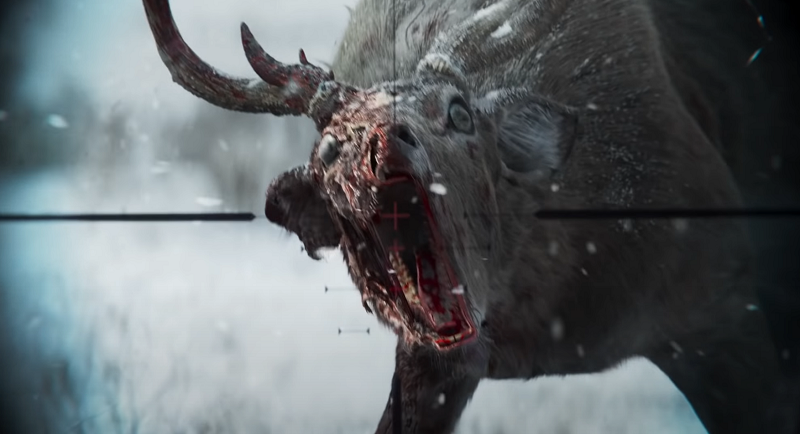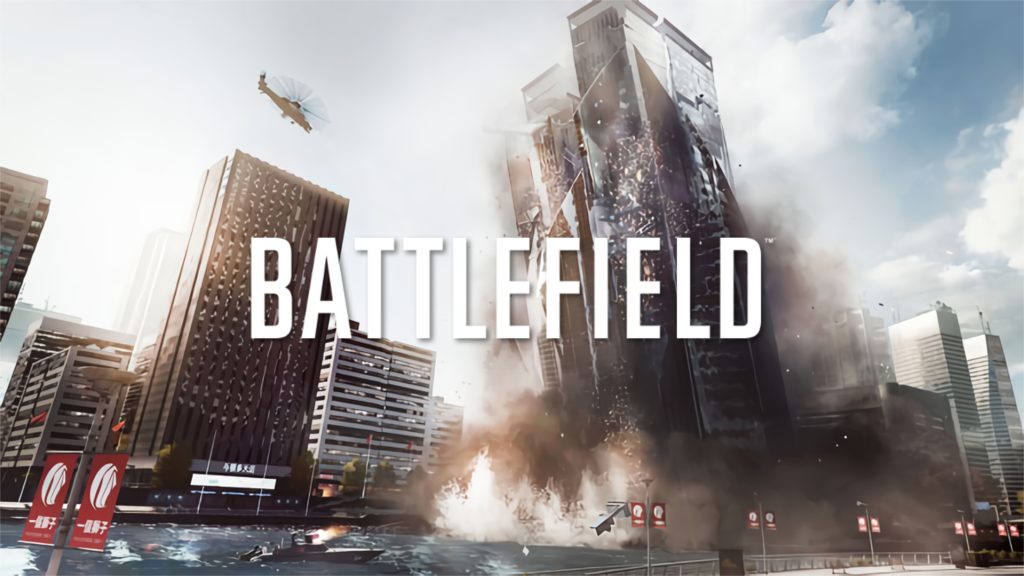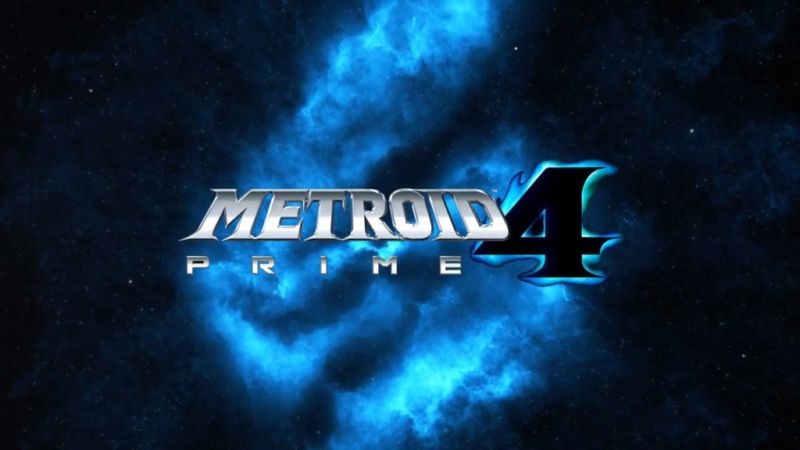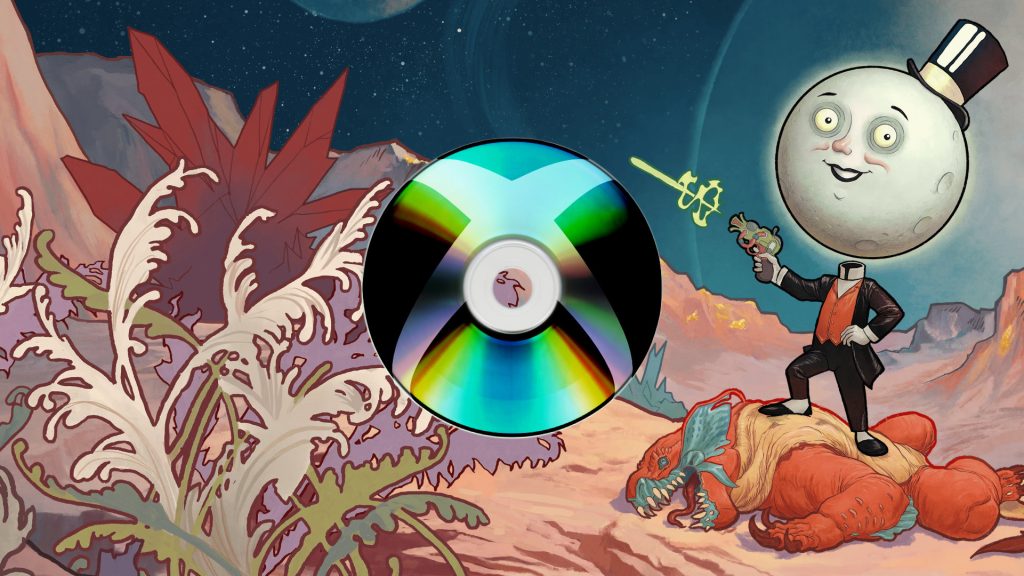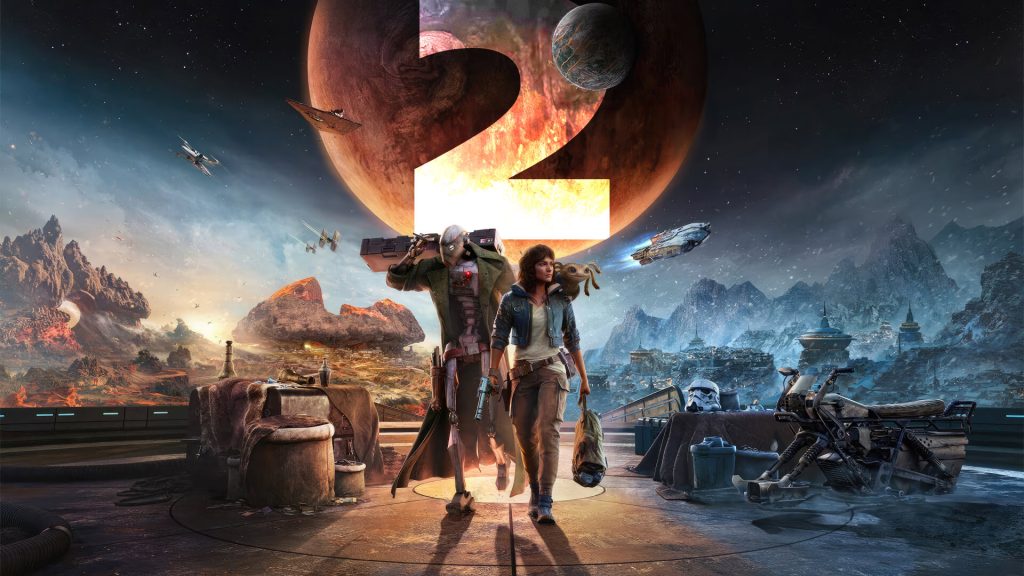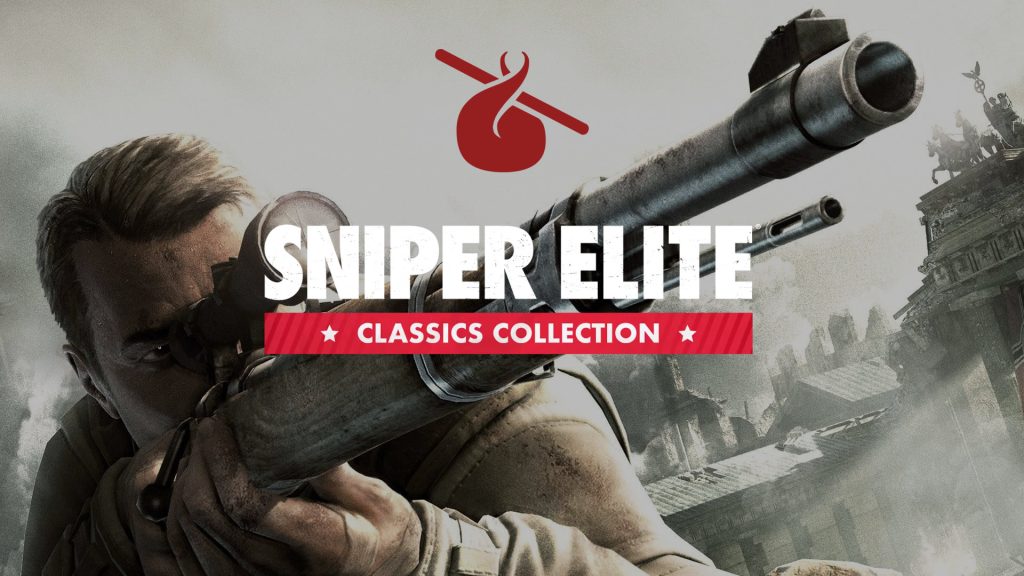For the better part of a decade, open-world games all followed a somewhat similar formula. Inspired by the mechanisms of a typical Ubisoft title, most games in the genre opted to create a world filled with icons strewn across a mini-map – all of which are ready and waiting for you to complete. Following the arrival of The Legend of Zelda Breath of the Wild in 2017 however, Nintendo gave us a new way to navigate such vast landscapes with a renewed focus on mystery, exploration and surprise.
Since then, we’ve seen a couple developers apply this style of open-world to their own games: the two primary titles being FromSoftware’s Elden Ring and Sucker Punch Productions’ Ghost of Tsushima (with Kojima’s Death Stranding taking the open-world in an entirely different direction). 5 years on from Tsushima’s release however, and Sucker Punch is finally gearing up to launch its successor – with Ghost of Yōtei set to arrive this October.
Given just how much praise Tsushima received for its retooling of the open-world genre, it is not surprising to see the team doubling down on this concept for the upcoming Ghost of Yōtei. Whether it will ultimately work out or not, we will have to wait and see, but there’s no denying that in many ways, Sucker Punch is trying to refine the open world with Ghost of Yōtei.
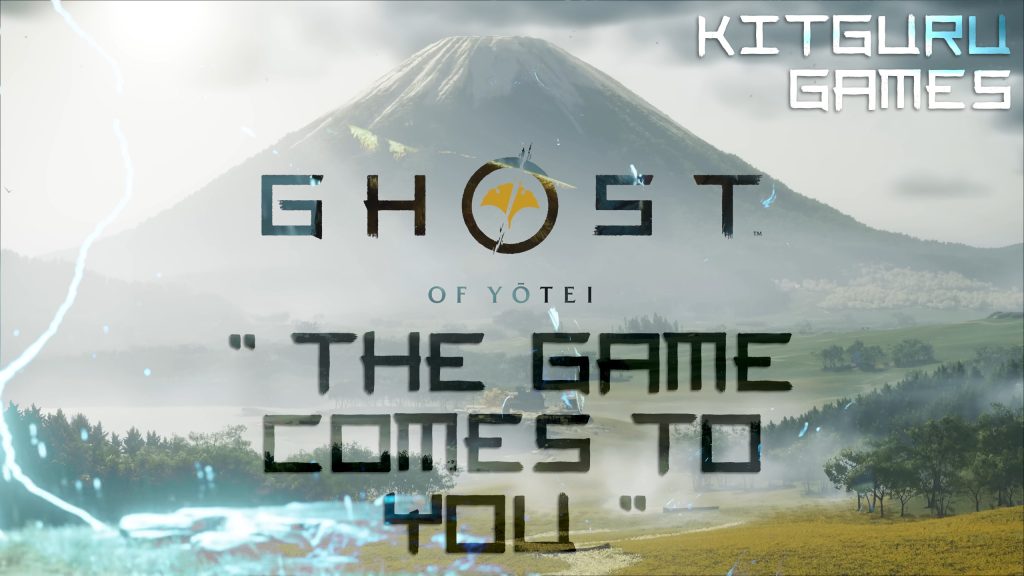
In case you missed it, I previously discussed many aspects of Ghost of Tsushima and its careful considerations put in place in order to elevate the open world into feeling like more than just a set of checklists.
By far the most impactful in this regard was the guiding wind – which I previously described as “an ingenious mechanic developed by Sucker Punch Productions in which swiping forward on the touchpad creates a draft of wind that moves in the general direction of your targeted objective.”
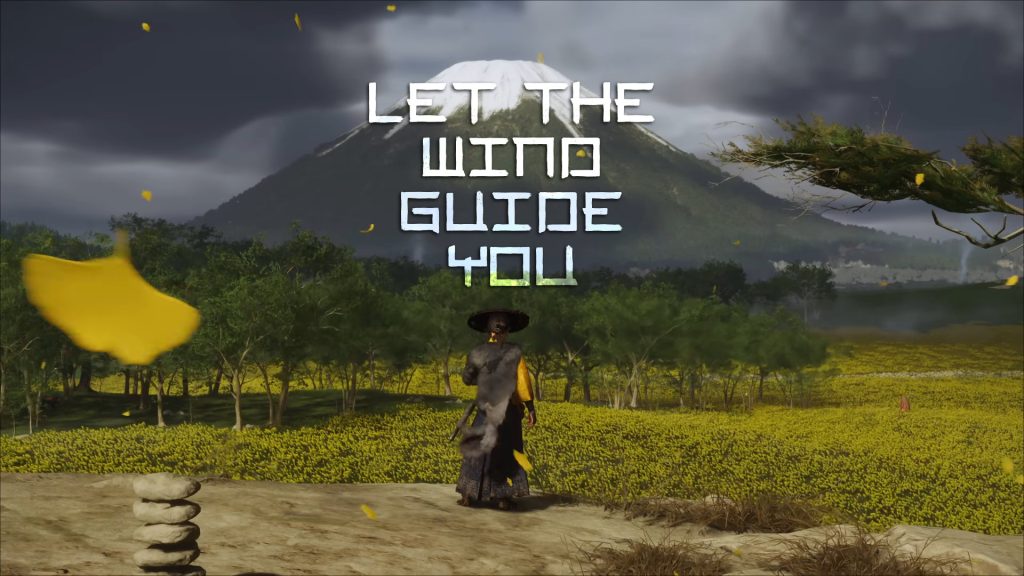
Beyond the guiding wind however, Tsushima also took care in sprinkling its open world with various diegetic sights; sounds and sensations in order to draw your attention to different points of interest. Ghost of Yōtei is doubling down on this, with them recently stating during the dedicated State of Play that they “crafted the game around exploration while keeping Atsu’s tale of vengeance front and centre.”
In alignment with this, Ghost of Yōtei looks set to take the three main aspects of the game (exploration, combat and story) and intertwine them in a way which makes for and encourages a degree of freeform gameplay – all the while aiding in Yōtei’s renewed sense of exploration. Here’s how they’re going about it.
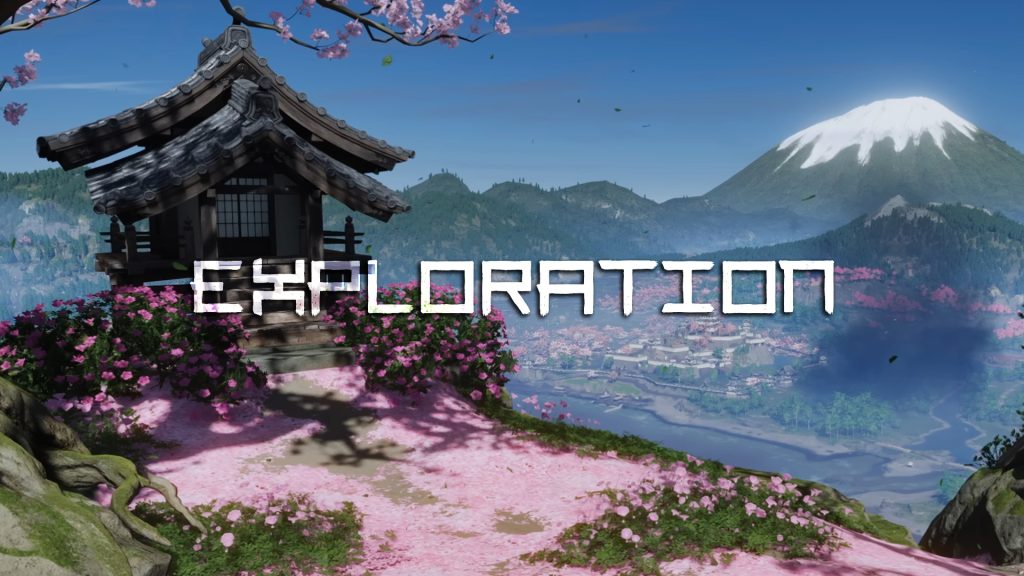
Thanks to the addition of the guiding wind mechanic alongside the removal of a mini-map, exploration in Ghost of Tsushima was highly fulfilling and felt infinitely more dynamic and emergent when compared to a standard open-world title – which highlights any and all points of interests right from the get-go. Couple this with the aforementioned diegetic sights and sounds; travelling across the island of Tsushima was a surprisingly serene experience.
Ghost of Yōtei is once again putting a great deal of emphasis on offering a different type of open world.
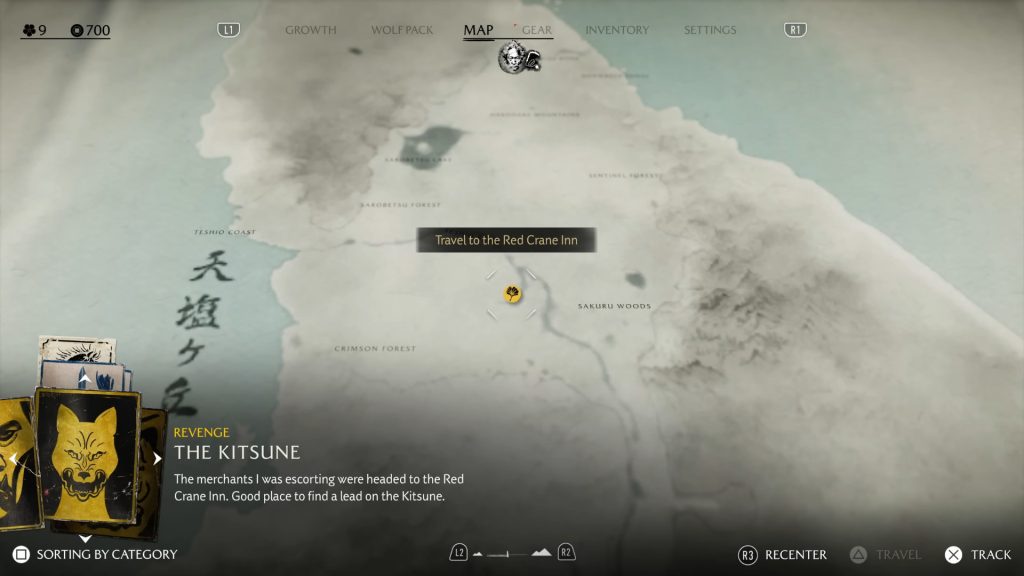
Firstly, there’s the increased scope of the world. In and of itself having a bigger map does not make for a better open world, and the team recognises this, with co-director Jason Connell stating “When it comes to both map size and game volume, we don't believe that ‘bigger' or ‘more' is inherently better”. While more dense than Tsushima, Sucker Punch have also made some considerations in order to keep exploration across Ezo feeling fresh and free from monotony.
Though far from the most impactful, the newly-added ability to boost the speed of your horse when travelling through flower fields helps keep the world feeling large and expansive without becoming overwhelmingly big.
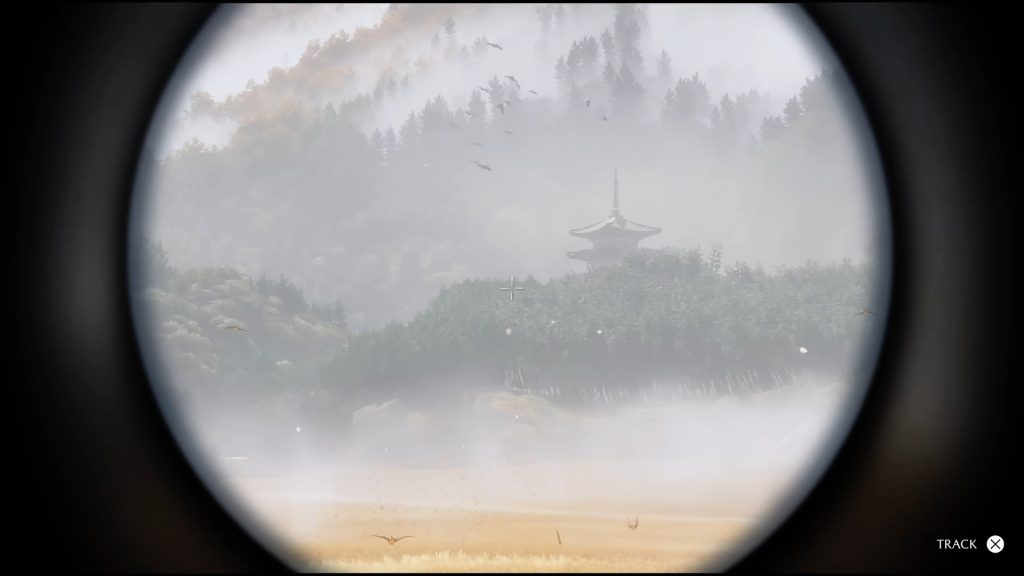
Aiding in this navigation of the open world is the new addition of a spyglass, allowing you to (in the words of Sucker Punch themselves) “simply pull out your spyglass, find something interesting on the horizon, and enjoy the ride.”
While in no way the most original idea (especially as this was one of the primary gimmicks of The Legend of Zelda: Breath of the Wild) there’s no denying that it helps to make open world games feel much more alive and dynamic – free from an abundance of question marks being pinned across the map in an ever-static manner.
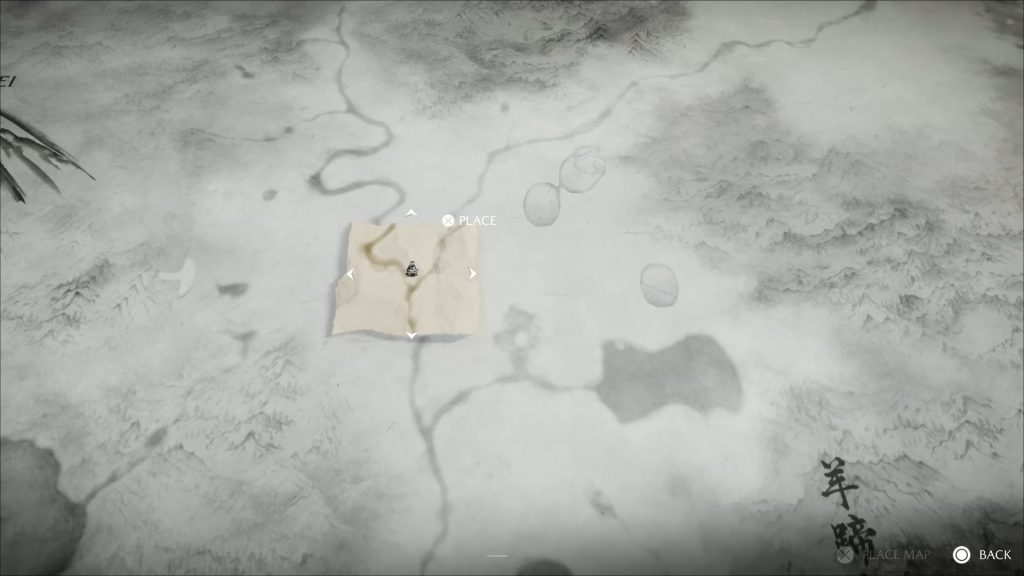
That said, those who do want some guidance can purchase parts of a map from a cartographer. Though this easily could have undone all the work on maintaining this sense of exploration, freedom and surprise, Sucker Punch rather smartly have turned the cartographer maps into their own little puzzle – necessitating you to align this segment with the pre-existing world map based on visual indicators.
While ostensibly just a small mini game, it certainly adds further to the sense of immersion, realism and exploration; putting the onus on you to find what you’re looking for (even if with a bit of help).
That said, the exploration aspects of Ghost of Yōtei don’t operate independently from the rest of the game, with the open world’s other two primary elements – combat and story – being intelligently entwined with said exploration; ultimately making for game space which feels like much more than simply the sum of its parts.
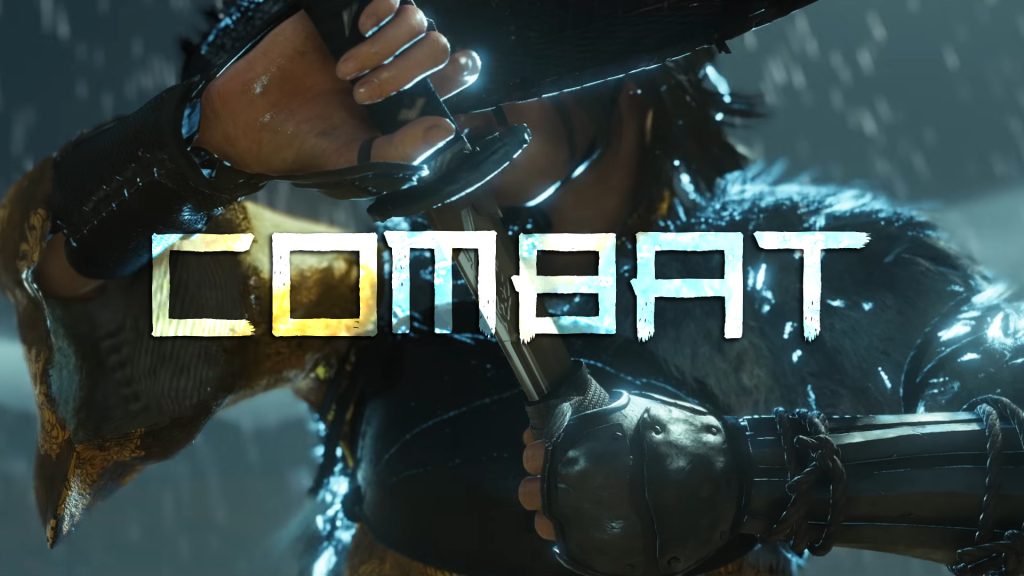
One of the most satisfying aspects of Ghost of Tsushima was its combat. While most of the game’s confrontations could be boiled down to a combination of blocking, dodging, parrying and attacking, the need to constantly and consistently switch up your ‘stances’ in order to break through a heavy enemy’s defence; a lighter enemy’s parrying, or to avoid a near-deadly blow meant that combat never grew tiring.
Ghost of Yōtei is taking this system and altering it slightly in order to further incentivise exploration.
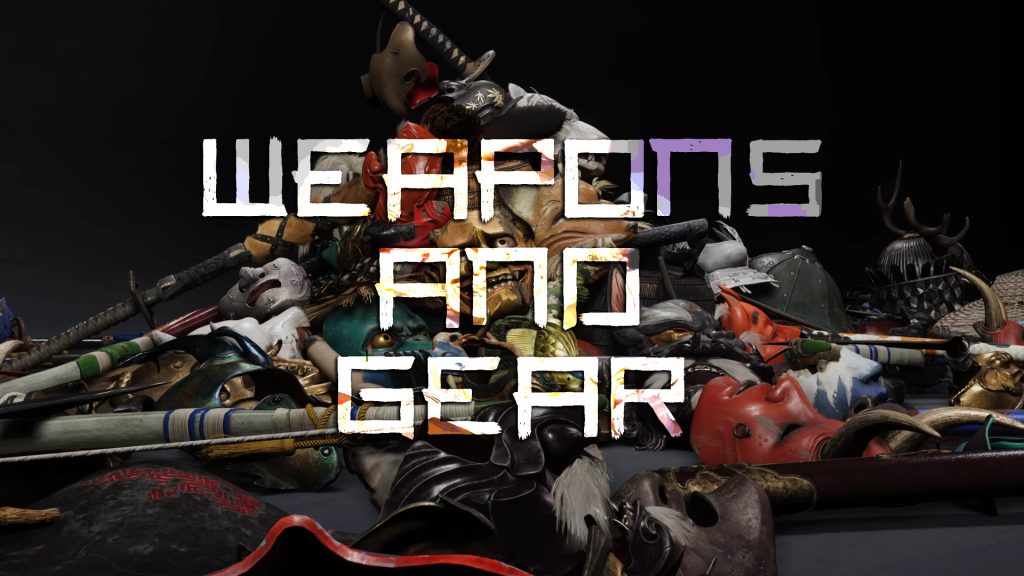
While Jin managed to liberate Tsushima primarily using his Katana and wakizashi, Ghost of Yōtei is replacing stances with entirely new weapons. In an effort to further incentivise exploration, Atsu will be able to discover inspiration for new abilities and moves by travelling through the open world and its various points of interest (such as the Altars of Reflection).




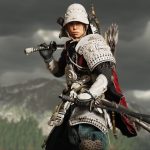

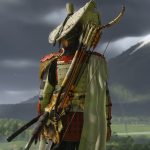

Though this could potentially lead to situations in which a certain ability is missed out on by a number of players, Ghost of Yōtei has a solution for that too (though we’ll get to that a bit later).
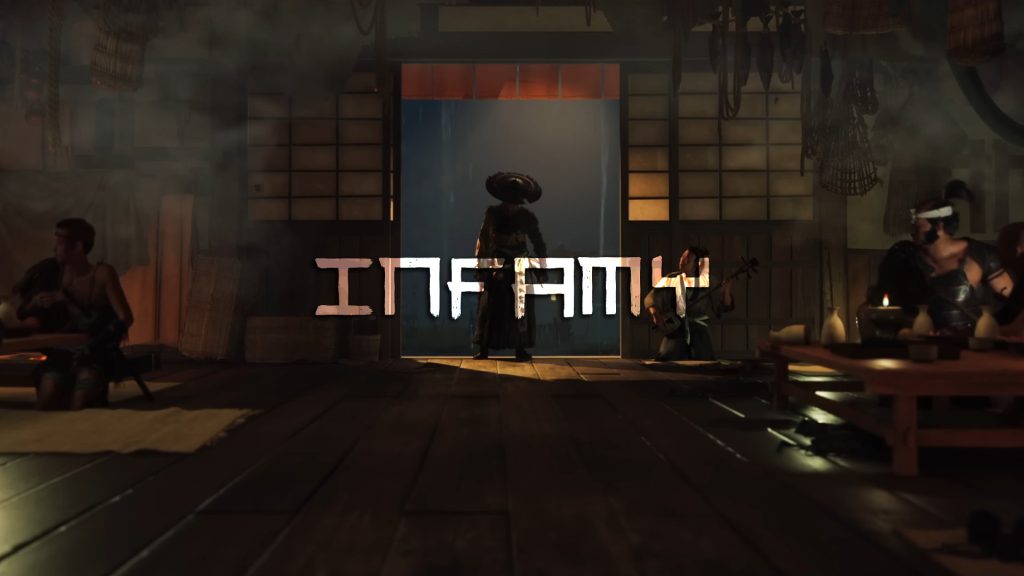
Continuing our combat conversation, players will need to engage in various encounters in order to aid Atsu in her quest for vengeance, with a new interrogation system allowing you to uncover new titbits of information on one of the Yōtei six.
This also aligns neatly with one of Yōtei’s other new mechanics – the infamy system, in which Atsu’s “legend as the Onryo grows” as she exacts revenge across the island. Assuming this new system works as intended, Ghost of Yōtei should manage to avoid one of Assassin’s Creed Shadows’ biggest pitfalls – that being the fact that the open world did not react to your progress through the story.
Given that Shadows and Yōtei share a rather similar format for their narratives (that being the protagonist trying to take down different members of an enemy group), it will be interesting to see whether Yōtei’s infamy system manages to maintain that sense of dynamism and open world realness.
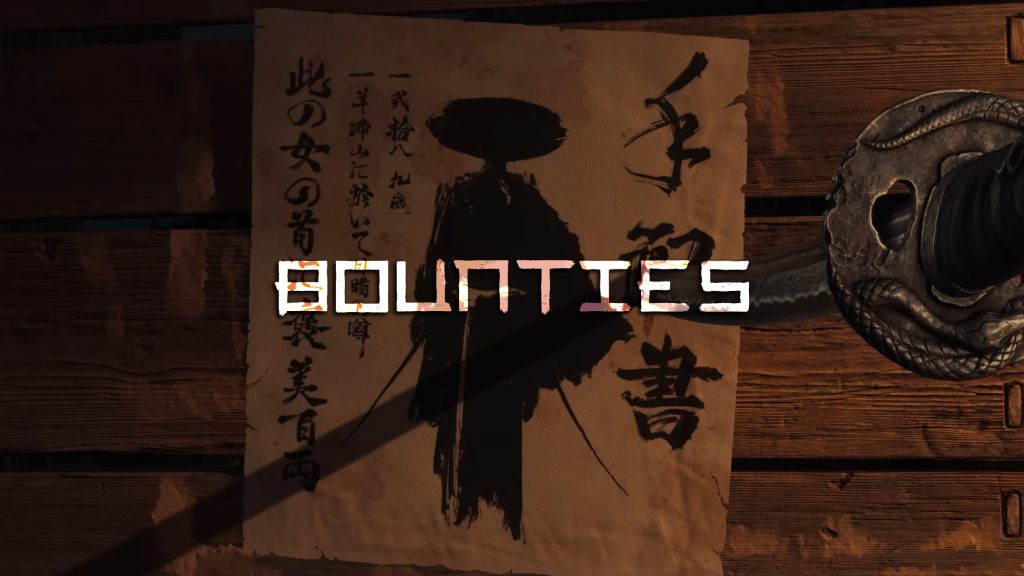
Though far from the most inventive system, one of Yōtei’s new additions is the bounty board, in which you’ll be incentivised to explore the world in order to find and eliminate certain enemies. Again, this is perhaps the most bog-standard addition by Sucker Punch, but that does not mean it isn’t welcome.
When combined with all of the other additions coming with Yōtei (as well as Tsushima's own exploration-based mechanics), completing a bounty could easily have you travelling across the island, discovering new regions, villages, abilities and more – ultimately preparing you further for the upcoming and impending encounter.
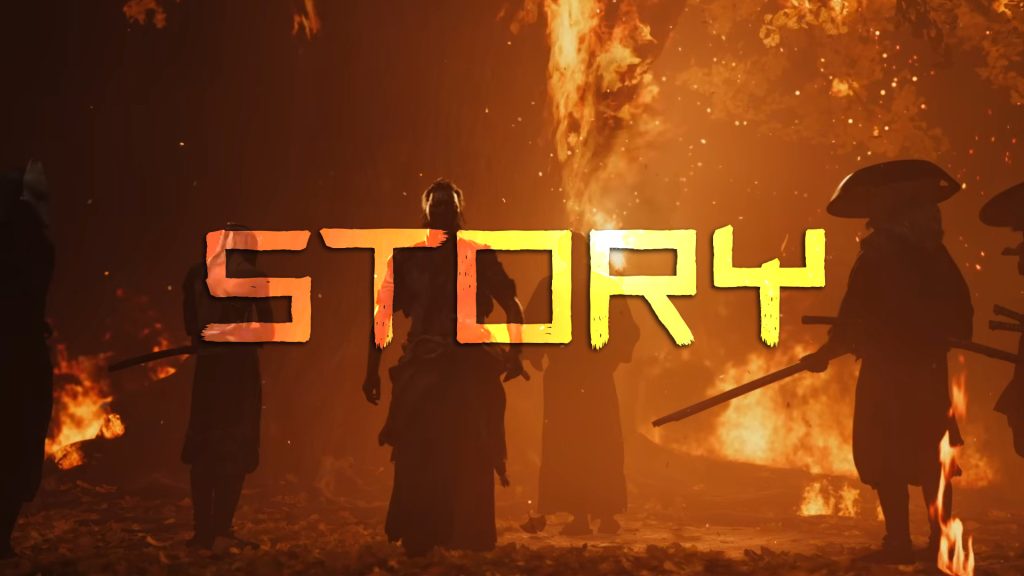
With all that said, perhaps the biggest change coming with Ghost of Yōtei is in how the world is tied into the narrative itself. We saw that a bit with Tsushima, where certain story moments could permanently impact parts of the world and its terrain – opening up some areas while shutting down others.
I’ve already spoken on the new infamy system, which should lead to more interesting encounters as you explore the world, all the while growing more famous (or infamous).
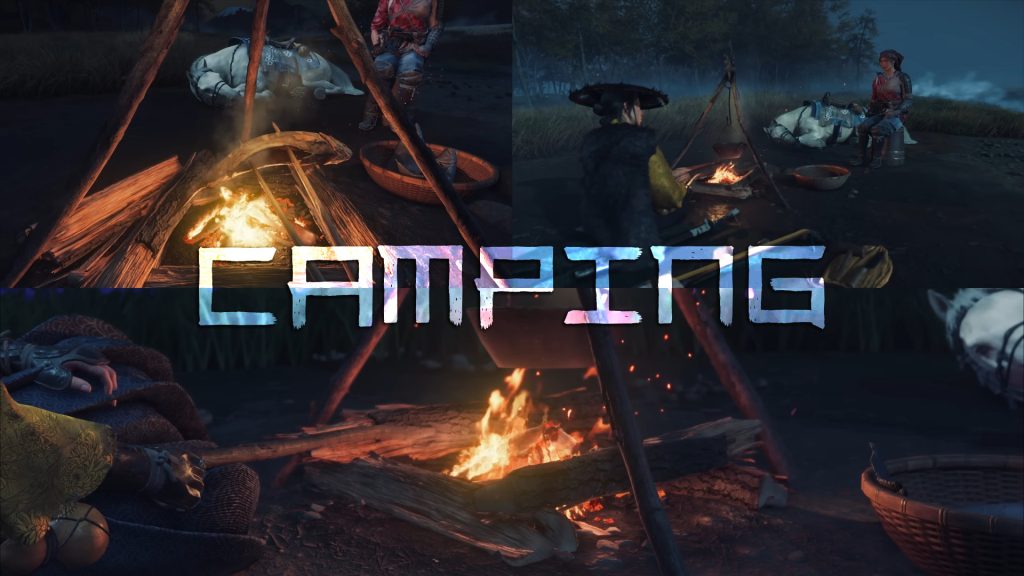
Alongside this however, Sucker Punch made sure to note that one of their most important factors when designing this sequel was in making sure that “the game comes to you”. How have they done this? Well, perhaps the most impactful in this regard is the new campsite system, where players can hunker down, manage some resources, do some cooking – and meet various allies, “[bringing] important characters and upgrades straight to you.”
I do have some slight reservations with this system, in particular when it comes to how these various upgrades will be dished out. That said, there’s something quite cosy about sitting down at a campfire when a familiar face suddenly shows up to offer you upgrades, new story beats, or even just a bit of companionship.
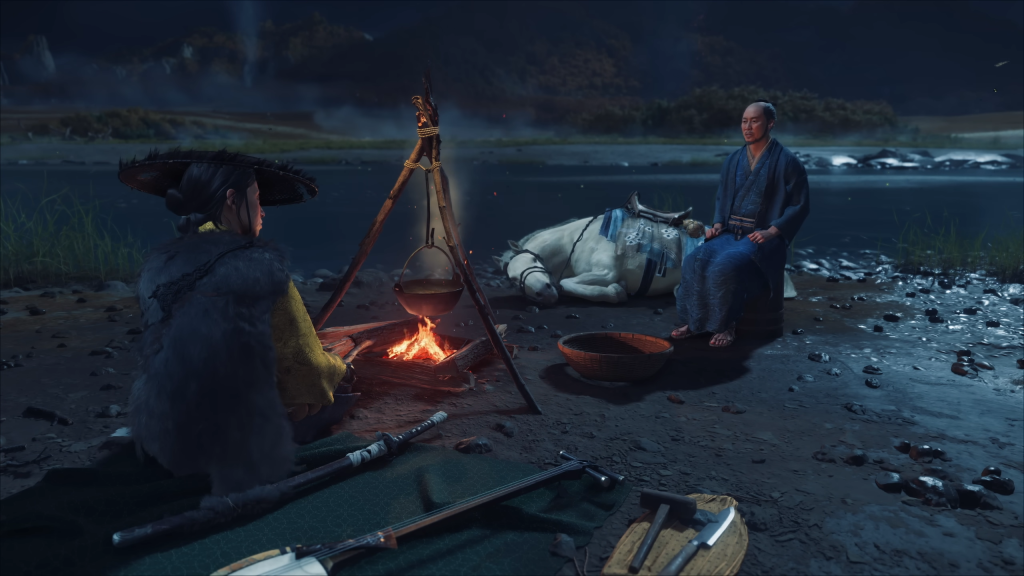
Most open world games can feel quite isolating, with everyone other than the main character themselves feeling static in their existence. Having various NPCs meet you at your campsites of their own accord should not only benefit the player in a gameplay sense (due to the aforementioned upgrades, story hints and the like), but also makes for a much more dynamic and real feeling open world.
Assuming the system works as intended, I look forward to bumping into both old friends and new allies alike as I make my way across the Ezo region. Ghost of Tsushima already featured a ton of memorable and well-liked side characters, and so hopefully Yōtei will only build upon that with this campsite mechanic.
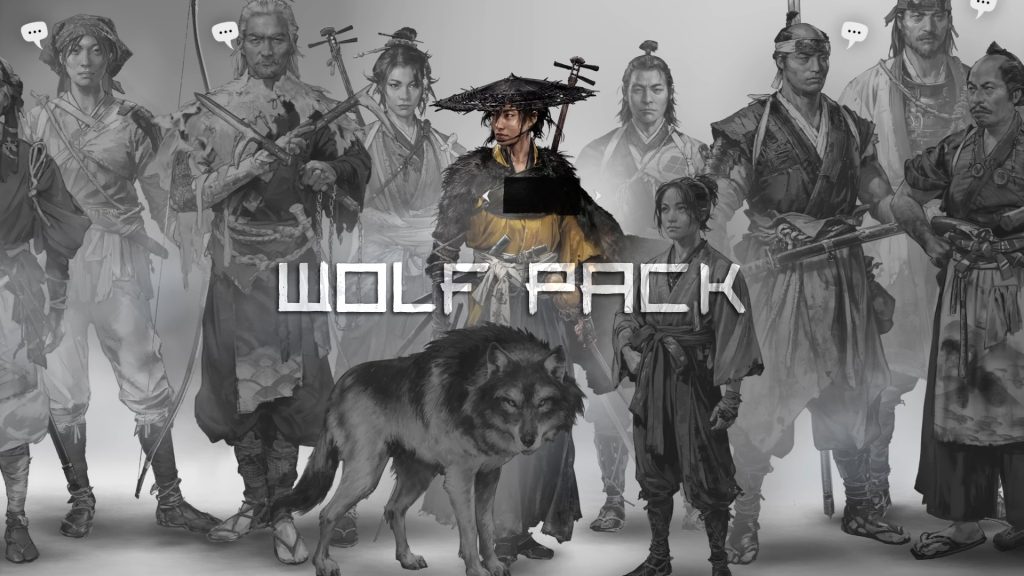
Speaking of side characters / allies, Ghost of Yōtei is completely revamping how its quests are handled, introducing the new Wolf Pack system. Set to replace the previous ‘Journal’ menu, the Wolf Pack represents all of Atsu’s various encounters with allies across Ezo.
Unlike the previous journal however (which was ostensibly a glorified side quest menu), Yōtei again looks to be tying all of the game’s various aspects directly into the open world itself. Described as a “more character driven way of managing allies and vendors you meet in Ezo” this new Wolf Pack system offers a less distracting way to keep up with your various tasks.
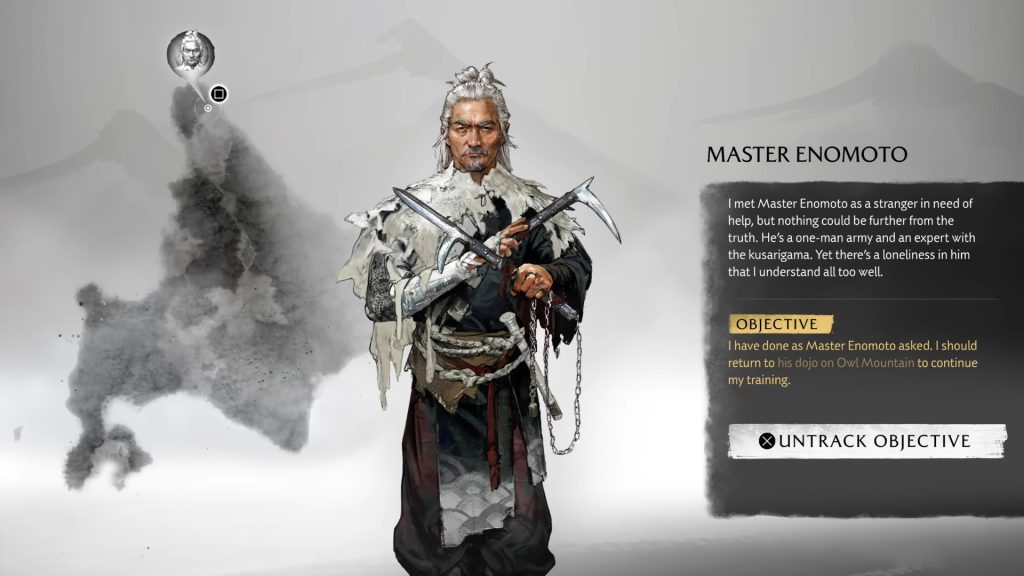
Instead of looking at each quest or objective simply as another thing to tick off the list, focusing on the characters themselves first – and upgrades / quests second – not only further ties the story and its characters into the world itself, but also de-gamifies the act of engaging in all of these activities.
Ultimately, this should add an extra sense of mystery to each encounter while still giving you enough information to allow for a relatively painless execution of whatever you were wanting to do.
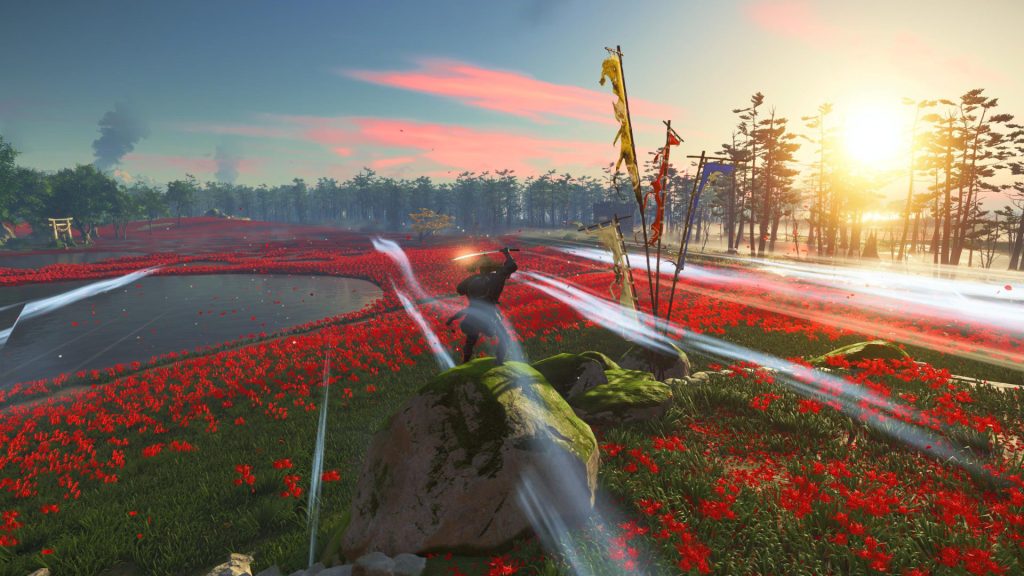
With Ghost of Tsushima, Sucker Punch’s big innovation was its guiding wind mechanic, which alone did manage to take away from that sense of stress and anxiety felt by some when coming across hundreds of icons in an open world game.
That said, Tsushima also featured a plethora of other smaller details which likewise aided in this sense of exploration and free-form gameplay – from the distant glows of certain trees alluding to a nearby fox den; to the chimes when approaching a piece of armour/equipment – or the golden birds which upon following could lead you to an undiscovered location.
Many of these minor details were not highlighted prior to the game’s launch, and yet in combination with the more greatly-advertised Guiding Wind mechanic, made for a wholly more immersive, interesting and freeing open world.
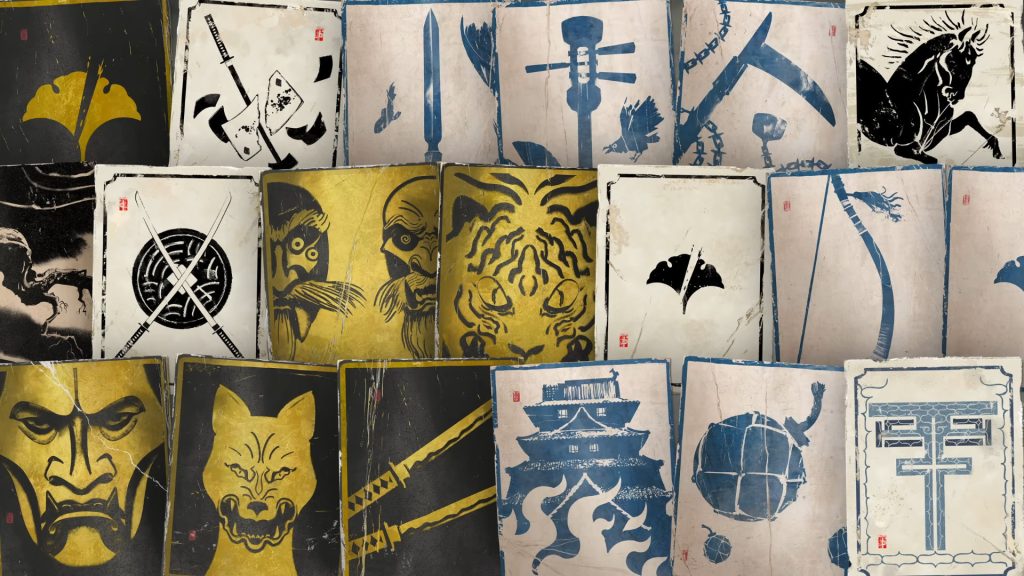
Beyond what we have yet to find out, Yōtei is already following in Tsushima’s footsteps, with added subtleties such as the new card-based clue system – making missions feel more organic and less rigidly structured – as well as SSD enhanced flashbacks which can be seamlessly triggered for uninterrupted immersion.
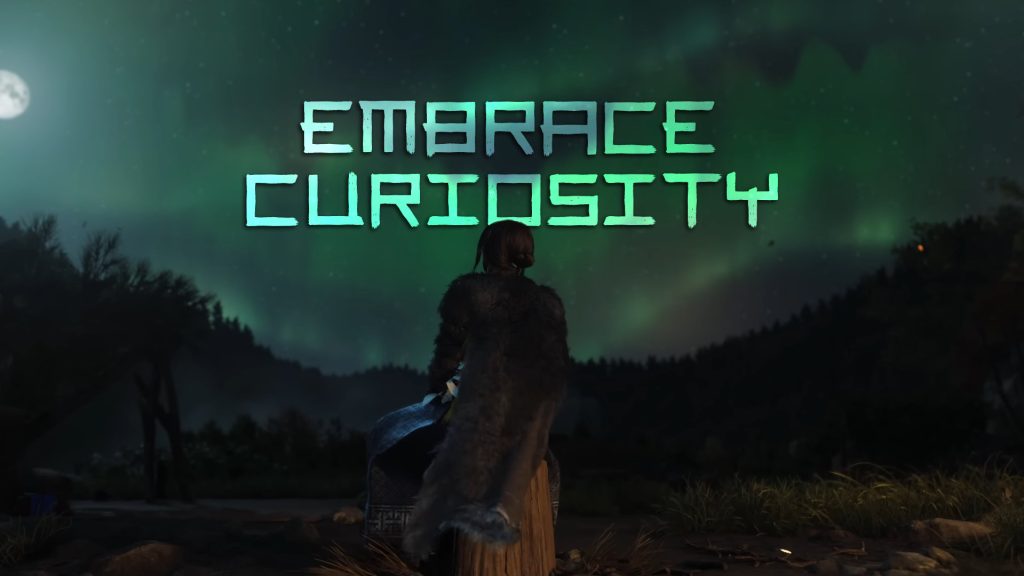
Considering just how much the team have focused on this aspect of immersion with the upcoming Ghost of Yōtei, I am both highly curious and excited to see everything else which Sucker Punch have done for the benefit of the players; as well as the open world itself.
Ghost of Tsushima was an excellent, evocative and perhaps most importantly, fun open world game to play through and explore. Sucker Punch clearly recognises this, and is doubling down on what worked with the first game.
If Yōtei is even half as good as Ghost of Tsushima, then we’re all in for a great time. That said, I have full confidence that Ghost of Yōtei will be all that Tsushima was and much more. October can’t come soon enough.
KitGuru says: Are you excited for Ghost of Yōtei? What was your favourite aspect from the first game? Which of the new refinements are you most curious to try for yourself? Let us know down below.
The post
KitGuru Games: Ghost of Yōtei wants to Refine the Open World first appeared on
KitGuru.
